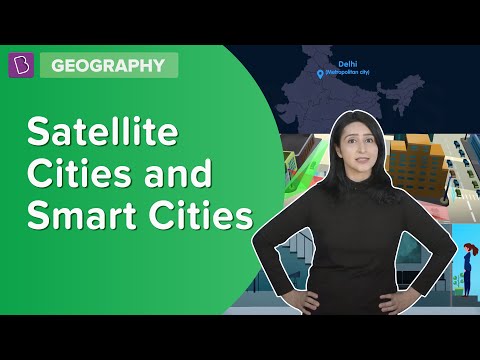ICSE Class 8 Syllabus of Geography brings the influence of Geographical phenomena in terms of changes in temperature, climate and weather, availability of resources and materials, etc., as well as their impact on our daily lives. Here, we have provided the detailed ICSE Class 8 Geography Syllabus, which contains the core concepts, themes, learning outcomes, suggested transitional processes and suggested learning resources. Interesting teaching methods have also been mentioned in the ICSE Syllabus to help students grow as responsible citizens in a secular democracy. So, go through the ICSE Class 8 Geography Syllabus and download the PDF for future reference.
Download ICSE Class 8 Geography Syllabus 2023-24 PDF
Students can have a look at the core concepts of the Geography syllabus below. The subtopics under these topics have been mentioned in detail in the PDF above.
Theme 1: Representation of Geographical Features
On the basis of Topographical Sheet:
- Interpret contours on the sheet (height, shape)
- Identify landforms through contours
- Types of slopes (steep, gentle)
- Hills, Plateaus, Ridges (gap, saddle, col, pass)
- Settlement patterns:
- Temporary and permanent
- Nucleated, dispersed and linear
- Interpret and analyse the given toposheet
Theme 2: Population Dynamics
- Distribution of population in the world
- Overpopulation and under population: meaning with examples of countries from the world
- Impact of overpopulation and under population on the society
- Factors affecting the population of a place, birth and death rate, immigration and emigration
- Composition of population – Age and sex, rural and urban; population pyramid
Theme 3: Migration
- Migration: Introduction
- Types of migration-immigration, emigration, rural-urban and urban-urban. (examples from the world)
- Impact of migration on the socioeconomic structure of the society (examples from India and the world)
- Brain Drain: introduction, causes of brain drain, positive and negative impacts of brain drain
Theme 4: Urbanisation
- Urbanisation – meaning and causes
- Positive and negative impacts of urbanisation; satellite cities
- Concept of Smart Cities (examples from the World)
For More Information on Smart Cities and Satellite Cities, Watch the below Video

Theme 5: Natural and Man-made Disasters
- Natural and manmade disasters: Meaning and examples
- Disaster management and its importance (in general); safety measures to be taken in case of floods, earthquake and fire
- Role of the government in disasters and its management
Case Studies:
- Floods in Assam/Bihar (Causes, effects, impacts on life and environment)
- Earthquake in Nepal (2014): (Causes, effects, impacts on life and environment)
- Oil Spills-Coastal areas of the United States: (Causes, effects, impacts on life and environment)
Theme 6: Asia – The Largest Continent
- Location and Extent
- East Asia, North Asia, Central Asia, South-East Asia, South-Central Asia, Western Asia
- Physiography: Northern lowlands, Central highlands, Plateaus, River basins, Islands
- Climate: Factors affecting Climate of Asia, Types of Climate: Tundra, Temperate, Tropical, Desert, Equatorial
- Natural Vegetation and Wildlife, Tundra, Taiga, Tropical Deciduous, Thorny, Equatorial
Theme 7: India – Geographical Features
- India – Its location and extent, its neighbouring countries
- Political divisions of India – States/ UTs and Capitals
- Physiographic Divisions of India –The Himalayas, Northern plains, Peninsular plateau, Thar desert, Coastal regions, Islands
- Conservation of Forest and wildlife in India
- National parks, biosphere reserve, wildlife sanctuaries
- Climate and Natural vegetation:
- Factors affecting climate, Monsoon
- Types of Natural vegetation: Tropical rain forest, deciduous forest, thorny, Tidal Forest, Montane forest
Theme 8: India: Human Resources
- Human resources – meaning
- Distribution of population in India (rural urban, geographical distribution, sex ratio)
- Role of health and education in developing human resources (to be done briefly)
- Skilled and unskilled human resource (meaning and examples only)
- Impact of skilled human resource on the socio-economic development of the country (examples from India)
We have compiled the syllabus of all the subjects of the Class 8 ICSE. Students can access them by visiting the ICSE Class 8 Syllabus page at BYJU’S. Keep learning, and stay tuned for further updates on ICSE/CBSE/State Board and other competitive exams.
Comments